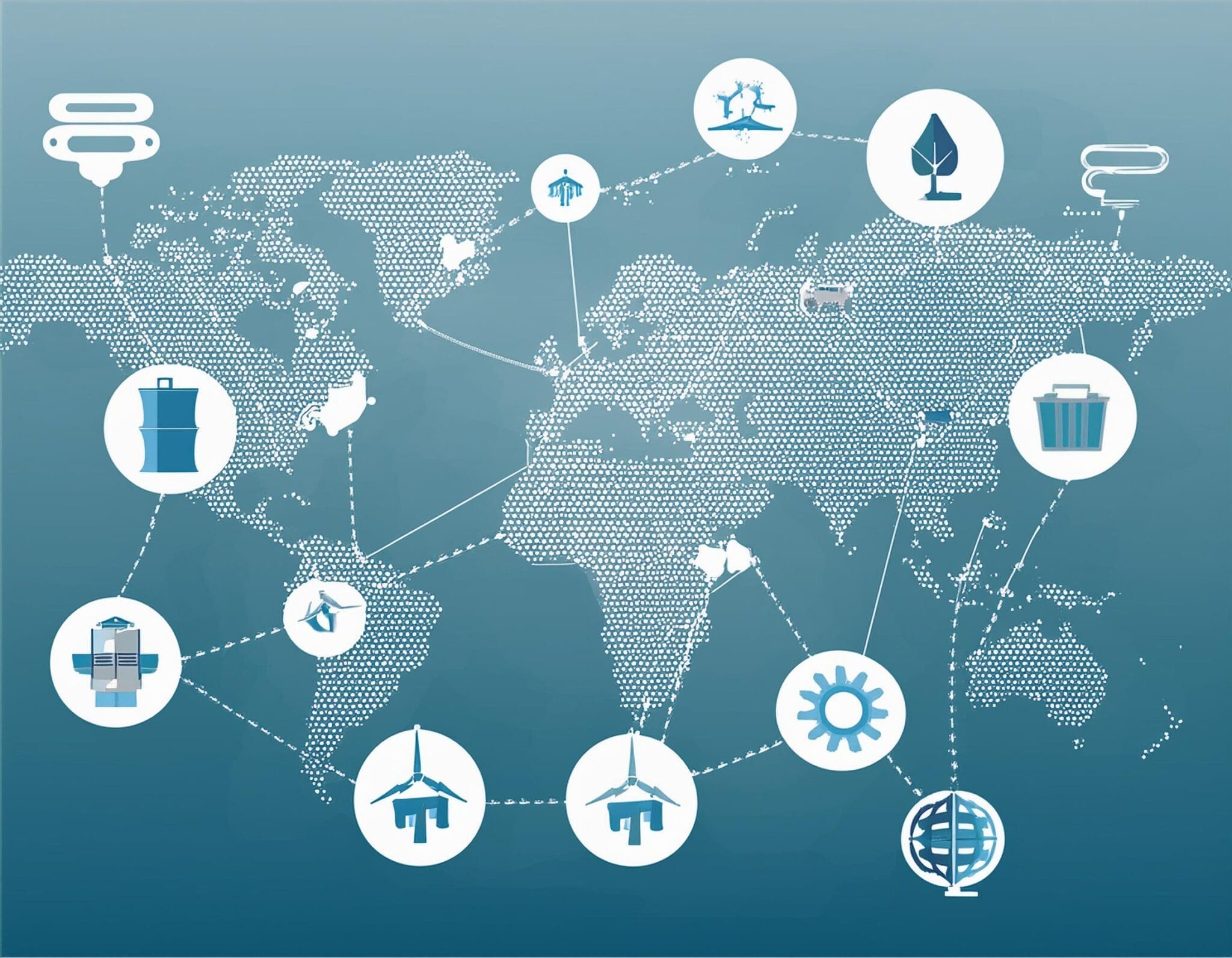Raw Material Shortages and Alternative Sourcing Solutions: A Guide for Resilient Global Supply Chains

In the wake of global disruptions such as the COVID-19 pandemic, geopolitical instability, environmental events, and fluctuating demand patterns, raw material shortages have become one of the biggest threats to supply chain stability. From semiconductor chips to steel, plastics, and textiles, procurement teams across industries have been scrambling to secure alternative sourcing to keep operations moving.
For global buyers, this shift isn’t just about plugging gaps—it’s about rethinking their entire sourcing strategy for long-term resilience. This is where expert sourcing agents, like those at BestSourcing-Agent.com, play a vital role in identifying backup suppliers, renegotiating contracts, and tapping into new sourcing regions.
Understanding the Causes of Raw Material Shortages
Raw material shortages aren’t caused by a single issue—they’re often the result of converging economic, environmental, and political factors, such as:
-
Supply chain bottlenecks at major ports or due to transportation breakdowns
-
Global inflation driving up commodity prices
-
Export restrictions or protectionist trade policies
-
Natural disasters like floods, droughts, or wildfires impacting agriculture and mining
-
Rising demand for electric vehicles, electronics, and green energy components
These factors can cripple even the most stable manufacturing operations if not addressed proactively.
🔗 Explore How We Help Businesses Navigate Supply Chain Risks
The Business Impact of Raw Material Disruptions
When raw materials are scarce or delayed, businesses suffer in multiple ways:
-
Production halts or factory slowdowns
-
Increased lead times and missed delivery deadlines
-
Spike in procurement costs due to price volatility
-
Loss of customer trust due to order cancellations or delays
-
Difficulties in budget forecasting and inventory planning
In such high-risk environments, companies need agile sourcing strategies supported by reliable, on-the-ground experts.
Alternative Sourcing: A Strategic Imperative
Rather than relying on single suppliers or traditional sourcing hubs (e.g., China for electronics, India for textiles), forward-thinking businesses are now diversifying their sourcing base.
This strategy includes:
-
Identifying second-source suppliers in alternate regions
-
Building multi-country sourcing networks
-
Exploring recycled or substitute materials
-
Onshoring or nearshoring certain inputs to reduce transit risk
🔗 Learn How We Build Flexible Multi-Supplier Sourcing Strategies
Role of Sourcing Agents in Finding Alternatives
When raw material availability becomes uncertain, professional sourcing agents become invaluable partners. They can help you:
1. Discover Regional Alternatives
Agents with local networks across Southeast Asia, South Asia, or Eastern Europe can identify:
-
Equivalent material suppliers
-
Smaller or less-known vendors that are not on global radars
-
Regional alternatives with lower logistical costs
2. Audit & Qualify New Vendors
Not every supplier claiming to offer alternatives can meet your quality and volume requirements. Sourcing agents can:
-
Conduct on-ground audits and quality control inspections
-
Negotiate trial production runs
-
Vet certifications, compliance, and performance records
This reduces the risk of engaging unverified or low-quality suppliers during urgent transitions.
3. Negotiate Flexible Contracts
During shortages, contracts must be adaptable. Sourcing agents can:
-
Renegotiate minimum order quantities (MOQs)
-
Manage partial shipments or split sourcing
-
Secure short-term contracts to plug temporary gaps
Their cultural understanding and negotiation skills lead to better terms and faster response times.
4. Reduce Lead Time with Smart Logistics
Once alternatives are sourced, logistics remains a challenge. Sourcing agents help coordinate:
-
Inland transport to avoid congested ports
-
Air freight for urgent materials
-
Customs clearance assistance in complex regions
Real-World Example: Substituting PVC with Bioplastics
In 2023, several global furniture and medical equipment manufacturers faced delays due to PVC resin shortages. Clients of BestSourcing-Agent.com were able to:
-
Source bioplastic alternatives from eco-focused suppliers in Vietnam and Thailand
-
Conduct material compatibility testing
-
Shift 30% of their PVC components to sustainable alternatives within 60 days
This not only mitigated the crisis but also aligned with their sustainability goals.
Additional Strategies to Combat Material Shortages
Beyond alternate sourcing, businesses should also:
-
Increase safety stock levels for high-risk materials
-
Use demand forecasting tools powered by AI
-
Adopt supplier risk scoring systems
-
Evaluate recyclability or circular economy options
Partnering with sourcing experts ensures these strategies are feasible and cost-effective in the real world.
Conclusion: Proactive Sourcing Beats Reactive Panic
Raw material shortages are here to stay—but with the right strategy, they don’t have to spell disaster. Companies that embrace diversified sourcing, on-ground vendor management, and real-time logistics coordination will not only survive—but thrive—in volatile conditions.
By working with experienced professionals like BestSourcing-Agent.com, your business gains access to alternative supply options, local insight, and faster time-to-market solutions.
📩 Need help navigating material shortages? Contact us today to speak with a sourcing strategist.